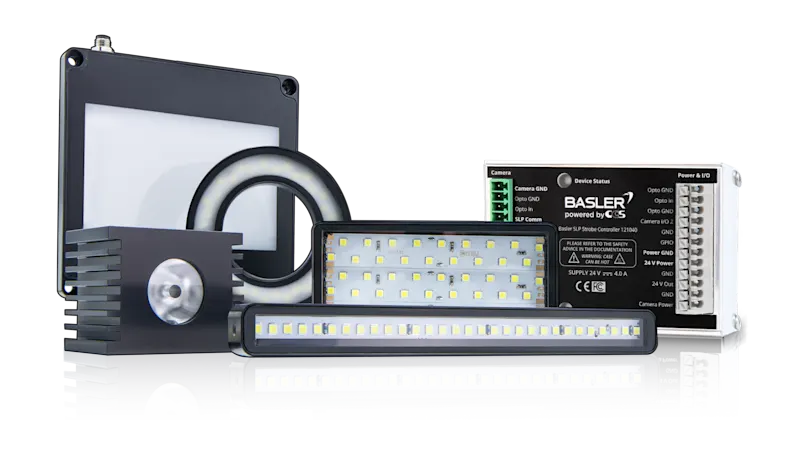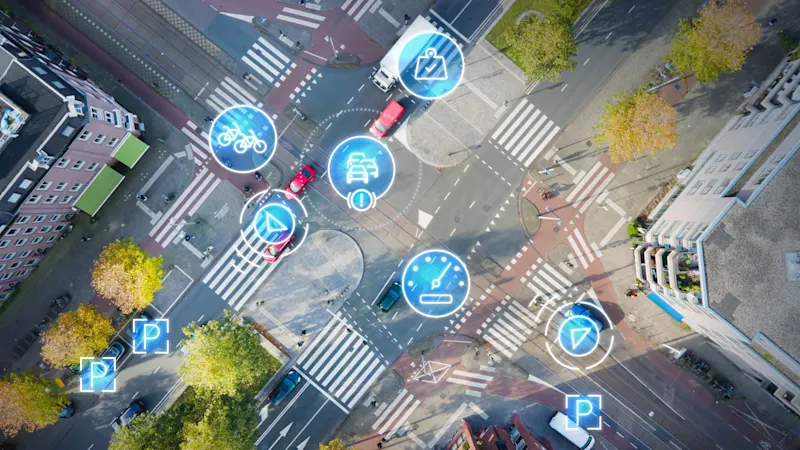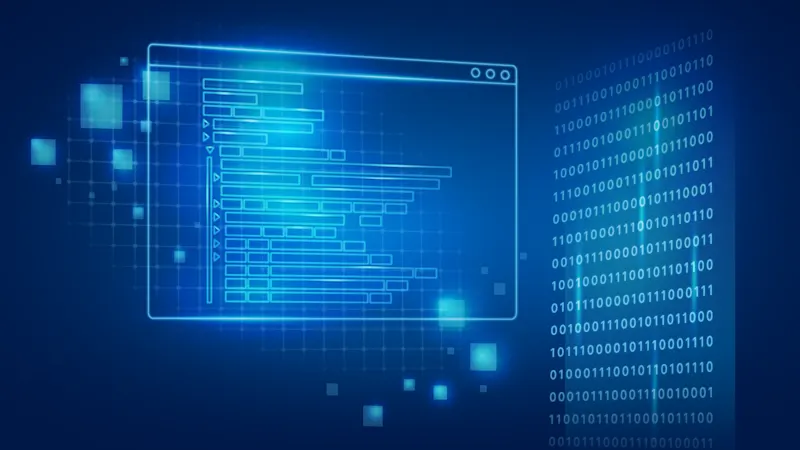Image Processing
How software brings images to life
From attendance checks, object detection, localization and measurement through to identification and verification - there are countless situations in which image processing by software is required. But what exactly does this mean? We explain the concepts behind the term and how digital image processing works.
Image processing - definition and functionality
Image processing deals with the automatic processing of digital images. Various algorithms and methods are used to analyze, edit or extract images. The aim of image processing is to obtain relevant information from images, draw conclusions about the image data, or automate certain tasks and applications as part of an intelligent vision system.
Image preprocessing
In most cases, the image captured by the camera is not processed directly in the application. Instead, it is preprocessed to improve its usability for the respective application. Examples of preprocessing are noise reduction and brightness and contrast enhancement. Some of these steps can be carried out by the camera itself, thus saving CPU load on the host side. The better the preprocessing, the better the image quality and the results of the image processing in your application.

Sensors and cameras
Sensors and cameras are important components in image processing. Cameras convert the light reflected by an object into digital signals that can be processed by an image processing system . There are a variety of cameras and sensors on the market that differ in their resolution, speed, and sensitivity. The selection of components therefore depends on your specific application. We will be happy to assist you.

Lighting
The right illumination plays a crucial role in image processing, as it has a significant influence on the quality of the image data. There are different types of lighting that you can select depending on your requirements and area of application. The most common illumination methods in digital image processing include ring or bar illumination, flat dome illumination or coaxial illumination. We would be happy to work with you to find out which is best suited to your application.

Camera calibration
For the camera to be used as a measuring device, it must be calibrated to the physical world. Camera calibration incorporates two tasks:
Geometric calibration: With geometric calibration, you correct any lens distortion. You can also determine the relationship between the natural units of the camera - i.e. the pixels - and the units of the real world, such as millimeters or inches.
Color calibration: Use the color calibration to ensure that colors are reproduced correctly.
Processing techniques in digital image processing
Let us now take a closer look at image processing and its techniques. Each of these techniques can be used for specific applications.

Localization
Localizing parts usually requires a comparison. The software searches for regions that resemble or match a predefined template. This template can be either an image or a geometric pattern that contains information about edges and geometric features. These localization methods are referred to as correlation pattern matching or geometric pattern matching.

Measurements
Most measurement methods are based on edge detection algorithms. An edge is an area in an image that has a high local contrast. This means that the software analyzes the grayscale of the image and on this basis detects shapes, measures distances, and calculates geometry. These measurements and calculations are made possible by the camera calibration, which establishes the relationship between pixels and real units.
The main area of application for measurements using image processing is alignment or inspection applications, such as reading barcodes or checking labels.

Optical character recognition
One method of Optical Character Recognition (OCR) is to separate the characters in an image and compare them to a set of templates. The software can then convert the captured data into editable and searchable data. A common example of OCR is automated number plate recognition, also known as ANPR.
Image processing applications at a glance
Each of the above processing techniques covers a wide range of machine vision applications. When combined, they open up numerous application possibilities in various markets, such as healthcare, automotive, security and surveillance systems, robotics, agriculture and more. We have summarized several key examples for you here:
Industrial image processing: Applications in Industry 4.0
Industrial image processing is an essential component of modern manufacturing methods. Accordingly, vision solutions also play an important role in connection with Industry 4.0. The integration of high-resolution cameras and intelligent image processing systems into production processes makes it possible to capture and process data in real time. This enables companies to optimize the efficiency and flexibility of their production processes, save production costs, and improve the quality of their products at the same time. Machine vision systems can also be used in factory automation to automatically control and monitor processes.






